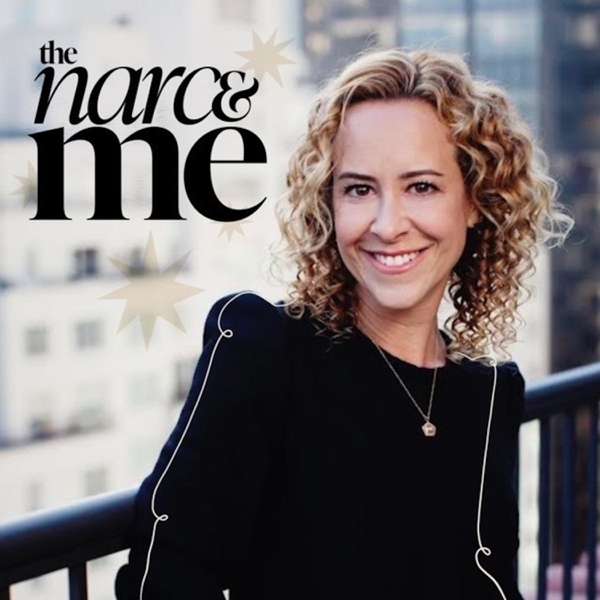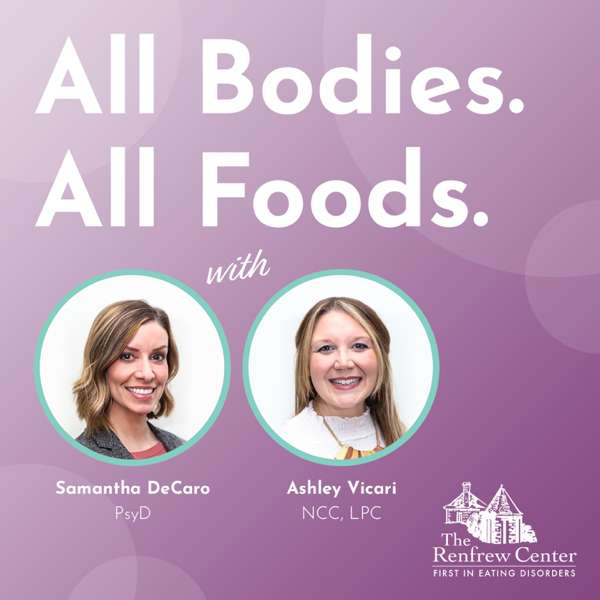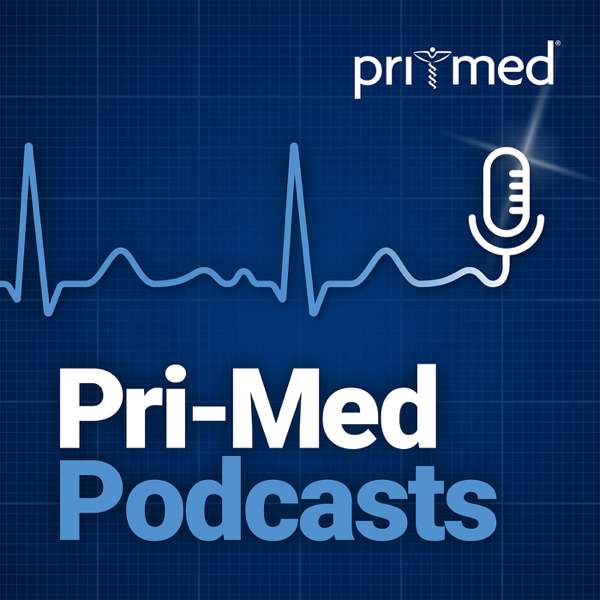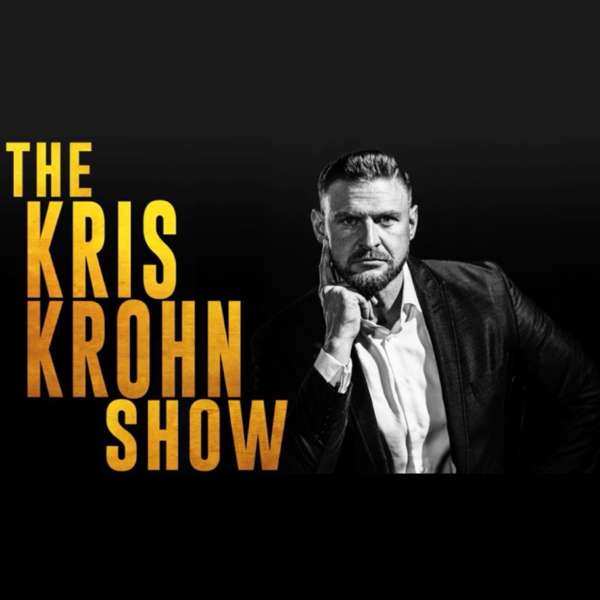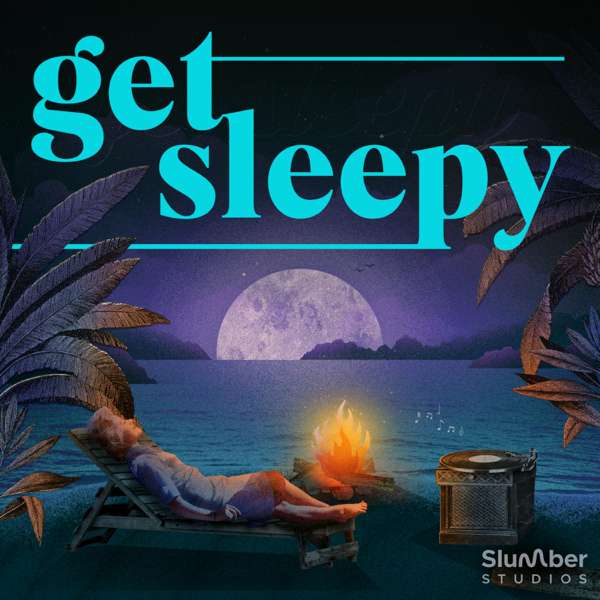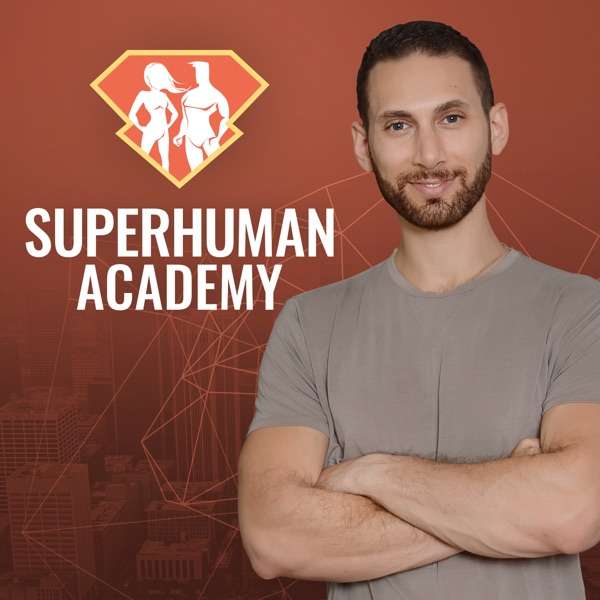Huberman Lab discusses neuroscience — how our brain and its connections with the organs of our body control our perceptions, our behaviors, and our health. We also discuss existing and emerging tools for measuring and changing how our nervous system works.
Andrew Huberman, Ph.D., is a neuroscientist and tenured professor in the department of neurobiology, and by courtesy, psychiatry and behavioral sciences at Stanford School of Medicine. He has made numerous significant contributions to the fields of brain development, brain function and neural plasticity, which is the ability of our nervous system to rewire and learn new behaviors, skills and cognitive functioning.
Huberman is a McKnight Foundation and Pew Foundation Fellow and was awarded the Cogan Award, given to the scientist making the most significant discoveries in the study of vision, in 2017. His lab’s most recent work focuses on the influence of vision and respiration on human performance and brain states such as fear and courage. He also works on neural regeneration and directs a clinical trial to promote visual restoration in diseases that cause blindness. Huberman is also actively involved in developing tools now in use by the elite military in the U.S. and Canada, athletes, and technology industries to optimize performance in high stress environments, enhance neural plasticity, mitigate stress and optimize sleep.
Work from the Huberman Laboratory at Stanford School of Medicine has been published in top journals including Nature, Science and Cell and has been featured in TIME, BBC, Scientific American, Discover and other top media outlets.
In 2021, Dr. Huberman launched the Huberman Lab podcast. The podcast is frequently ranked in the top 5 of all podcasts globally and is often ranked #1 in the categories of Science, Education, and Health & Fitness.
- Home
- Top Charts
- Top Networks
- Top Apps
- Top Independents
- Top Podfluencers
- Top Picks
- Top Business Podcasts
- Top True Crime Podcasts
- Top Finance Podcasts
- Top Comedy Podcasts
- Top Music Podcasts
- Top Womens Podcasts
- Top Kids Podcasts
- Top Sports Podcasts
- Top News Podcasts
- Top Tech Podcasts
- Top Crypto Podcasts
- Top Entrepreneurial Podcasts
- Top Fantasy Sports Podcasts
- Top Political Podcasts
- Top Science Podcasts
- Top Self Help Podcasts
- Top Sports Betting Podcasts
- Top Stocks Podcasts
- Podcast News
- About Us
- Podcast Advertising
- Contact

 Our TOPPODCAST Picks
Our TOPPODCAST Picks  Stay Connected
Stay Connected


